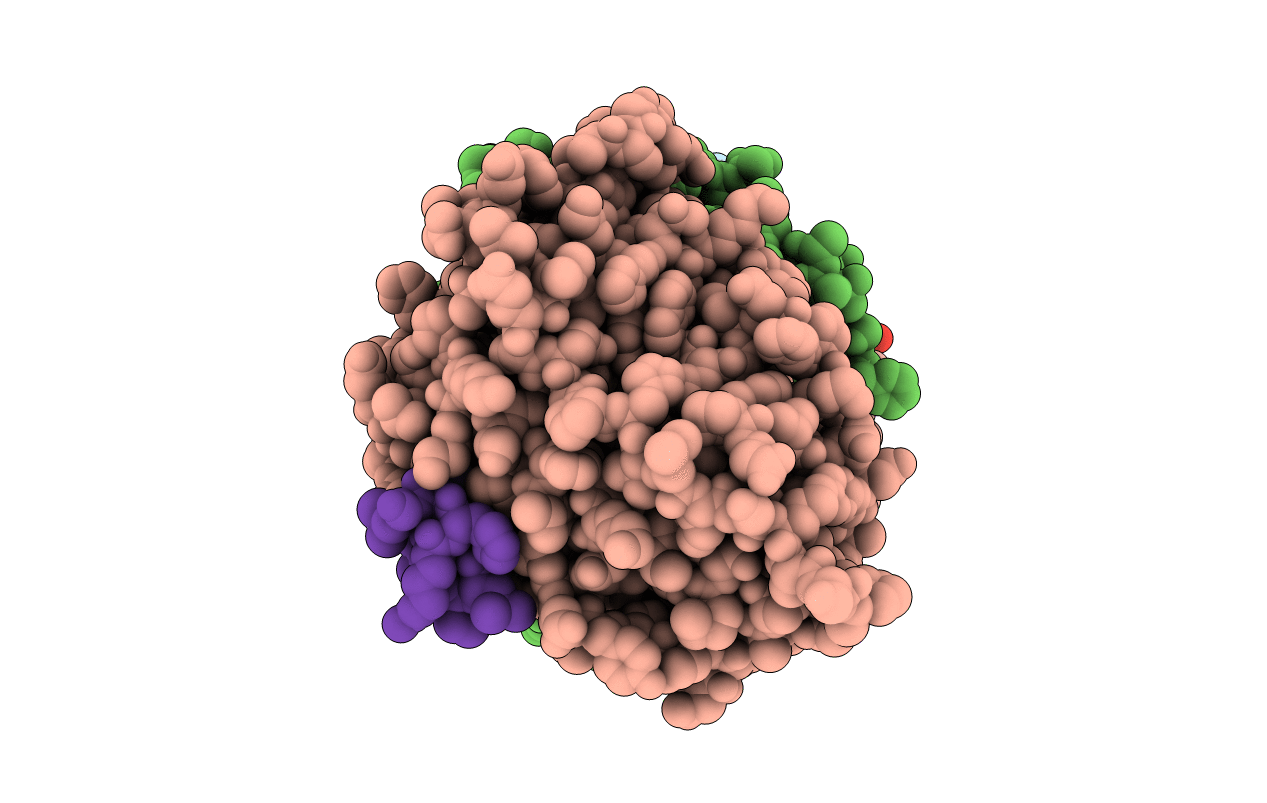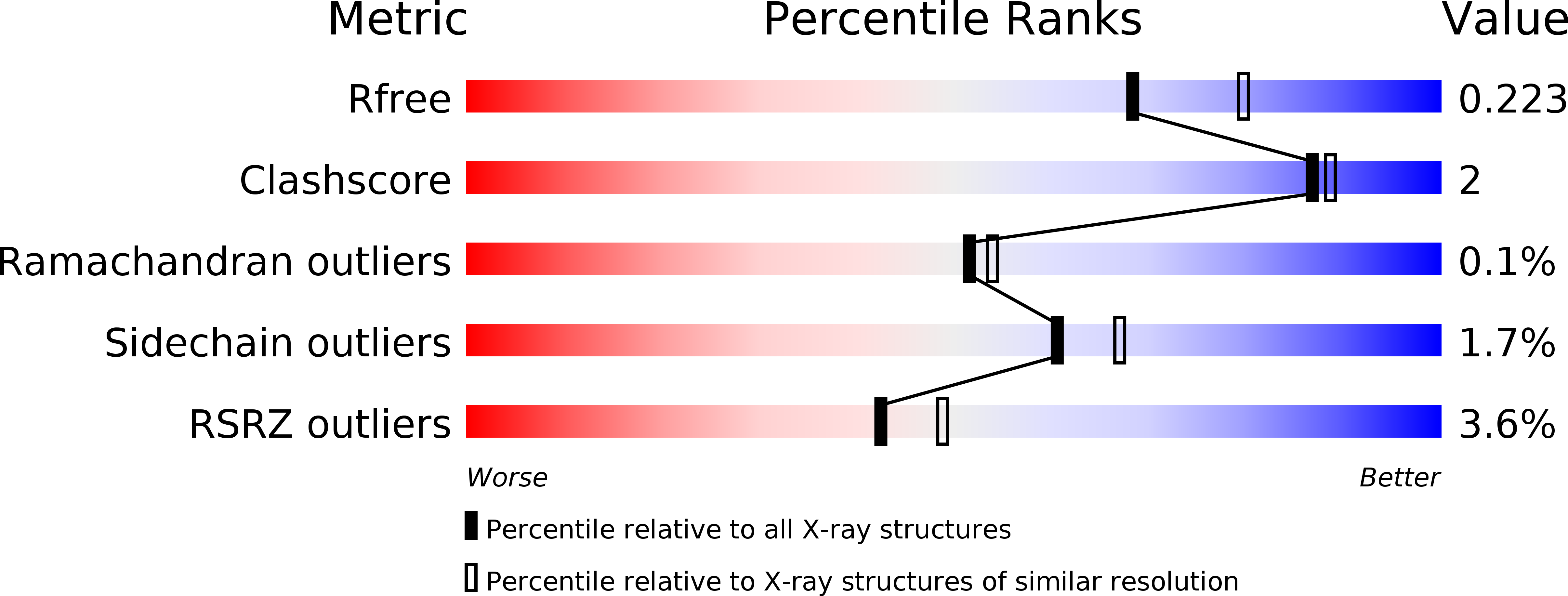
Deposition Date
2013-02-04
Release Date
2013-03-13
Last Version Date
2023-11-08
Entry Detail
PDB ID:
4J24
Keywords:
Title:
Estrogen Receptor in complex with proline-flanked LXXLL peptides
Biological Source:
Source Organism:
Homo sapiens (Taxon ID: 9606)
Host Organism:
Method Details:
Experimental Method:
Resolution:
2.10 Å
R-Value Free:
0.22
R-Value Work:
0.19
R-Value Observed:
0.19
Space Group:
C 1 2 1


